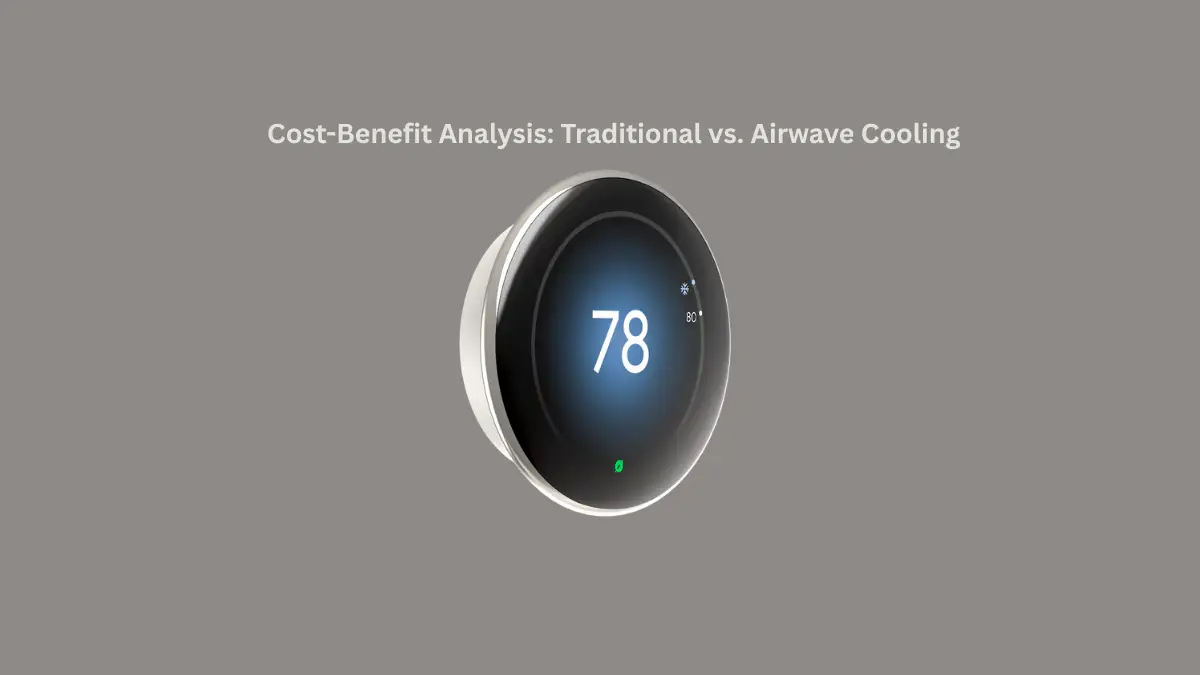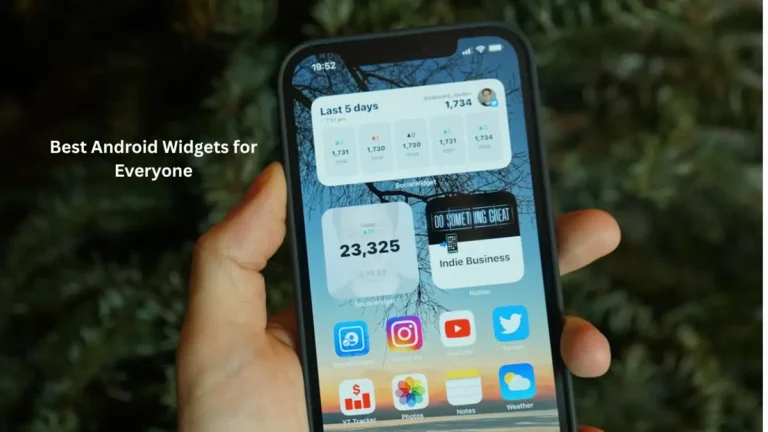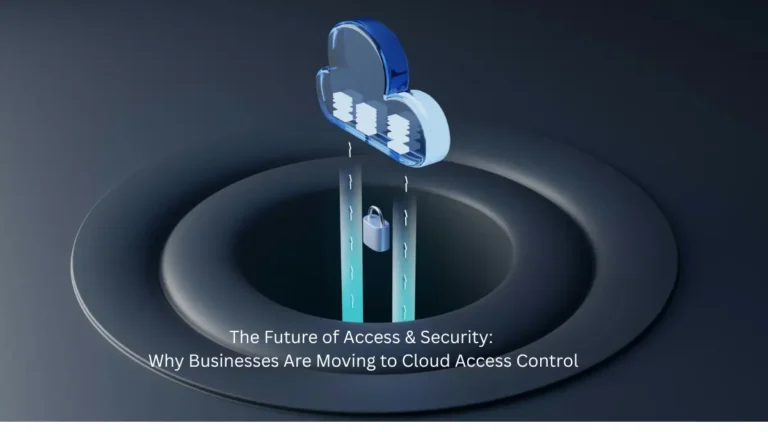You know that feeling when your server room sounds like a jet engine and your electricity bill makes you question life choices? Been there. After managing cooling systems for three different companies over the past five years, I’ve seen traditional air cooling drain budgets faster than a crypto mining operation.
Here’s the thing – everyone talks about traditional vs. airwave cooling like it’s some futuristic tech, but the real question isn’t whether it’s cool (pun intended). It’s whether the numbers actually make sense for your operation.
Table of Contents
Traditional Air Cooling Costs
Traditional air cooling systems are the reliable workhorses we’ve all grown up with. They use air conditioners, fans, and chillers to keep your hardware from turning into expensive paperweights. But here’s what nobody tells you upfront – they’re expensive friends to keep around.
The initial setup looks friendly enough. You’re looking at moderate upfront costs, and every HVAC contractor knows how to install them. It’s the comfort zone choice, and I get it. When I first started out, I stuck with what I knew too.
But here’s where it gets messy – scaling traditional systems is like adding extra cars to a traffic jam. Each new piece of equipment needs more HVAC support, and suddenly you’re looking at a cascade of costs that weren’t in the original budget.
The energy consumption? Let’s just say your electricity meter spins like it’s training for the Olympics. During peak summer months at my previous company, our cooling costs alone hit $3,200 monthly for a mid-sized data center. That’s not chump change.
Airwave Cooling ROI
Now, airwave cooling technology – specifically liquid immersion cooling – is where things get interesting. Instead of fighting heat with air, you’re literally dunking your hardware in dielectric fluid.
Sounds crazy? I thought so too until I saw the first installation in action. The silence hit me first – no more industrial fan symphony. Then came the numbers.
Here’s the breakdown that convinced my current company to make the switch:
| System | Initial Cost | Operating Cost (10 yrs) | Maintenance (10 yrs) | Total 10-Year Cost |
|---|---|---|---|---|
| Traditional Air Cooling | $8,000 | $20,000 | $2,500 | $30,500 |
| Liquid Immersion Cooling | $10,000 | $10,000 | $1,500 | $21,500 |
That $9,000 difference? That’s real money back in your pocket over a decade. And these are conservative estimates – energy efficiency calculations often show even better results depending on your setup.
The upfront investment stings – I won’t sugarcoat it. You’re looking at specialized tanks, dielectric fluid, and retrofitting costs. But here’s what changed my perspective: the cost per unit actually drops as you scale up, which is the opposite of traditional systems.
Energy Consumption Comparison
Remember that $3,200 monthly cooling bill I mentioned? With liquid immersion, we cut that by 52%. Not 52 cents – 52 percent. That’s like getting a company car that runs on half the gas while going twice as fast.
The science behind it is straightforward – liquid conducts heat way better than air. Think about cooling a hot pan: you don’t wave it in the air, you dunk it in water. Same principle, but with hardware that costs more than your car.
Traditional air cooling systems require massive amounts of electricity to power fans, air conditioners, and chillers. The thermodynamics principles behind airwave cooling eliminate most of that energy waste by providing direct, uniform cooling.
What really sold me was seeing our hardware running 15-20°C cooler consistently. No hot spots, no thermal throttling, no emergency shutdowns during heat waves. Just steady, predictable performance.
Maintenance & Reliability
Here’s something they don’t put in the brochures – traditional HVAC systems break down. A lot. Filters clog, fans die, compressors fail, and each failure costs you money and downtime.
I’ve been woken up by server room temperature alerts more times than I care to count. Usually at 2 AM on weekends, because that’s when these things love to fail.
Liquid immersion systems? They’re boringly reliable. Fewer moving parts mean fewer things can break. The fluid doesn’t wear out like mechanical components do. In 18 months of running our current system, we’ve had zero cooling-related emergencies.
The maintenance savings add up fast. We went from quarterly HVAC service calls to annual system checks. That alone saves us about $800 per year, not counting the reduced downtime costs.
Space Efficiency Benefits
This one caught me off guard. When you eliminate massive HVAC units, you suddenly have a lot more floor space. We reclaimed about 30% of our server room real estate, which let us add more hardware without expanding the facility.
In expensive real estate markets, that space efficiency translates directly to cost savings. You’re essentially getting more computing power per square foot, which is a multiplier effect on your ROI.
Payback Timeline Analysis
Let’s talk real numbers. Traditional air cooling upgrades can pay for themselves in a few months if you’re just swapping out old equipment for energy-efficient alternatives. But you’re still stuck in the same energy-hungry ecosystem.
Liquid immersion cooling typically pays for itself within 2-4 years through energy and maintenance savings. After that? Pure profit. Over 10 years, you’re looking at significantly lower total cost of ownership.
The environmental impact is a nice bonus too – lower energy consumption means a smaller carbon footprint. Some companies are even exploring eco-friendly cooling fluids, which could make the environmental case even stronger.
Hardware Longevity Impact
Here’s something I didn’t expect – our hardware is lasting longer. The stable, controlled environment reduces thermal stress on components. We’re seeing about 15-20% longer lifespans on critical components, which translates to delayed capital expenditures.
When your servers and storage arrays cost tens of thousands each, extending their operational life by even a year adds serious value to your bottom line.
Implementation Process
The transition isn’t trivial – I won’t pretend it is. You need specialized installation, staff training, and some operational changes. But it’s not rocket science either.
Setting up airwave systems requires planning, but most installations can be completed during planned maintenance windows. The key is working with experienced contractors who understand both the technology and your specific requirements.
The Bottom Line
After three years of running both systems, here’s my take: traditional air cooling is like renting – you pay less upfront but more over time. Liquid immersion cooling is like buying – higher initial investment, but you own the long-term savings.
For large-scale operations or energy-intensive environments, the numbers strongly favor airwave cooling. The 50% energy reduction alone makes the business case, and everything else – lower maintenance, extended hardware life, space efficiency – is gravy.
The technology has moved past the experimental phase. It’s proven, reliable, and increasingly cost-effective. The question isn’t whether it works – it’s whether you’re ready to make the investment in long-term efficiency. Your future electricity bills will thank you.




